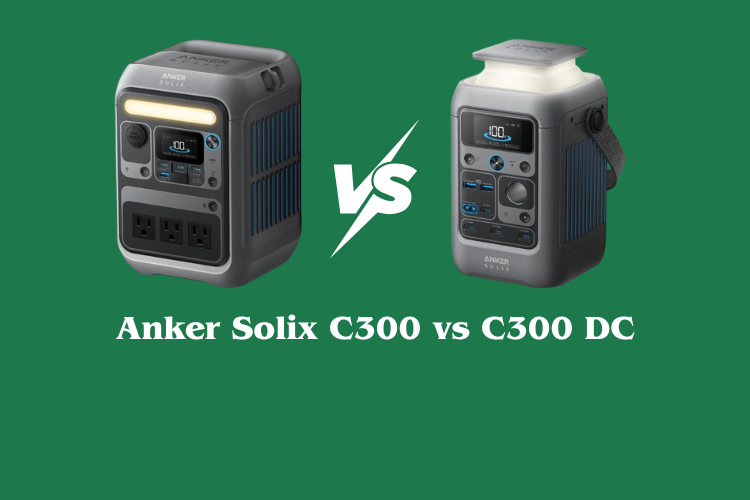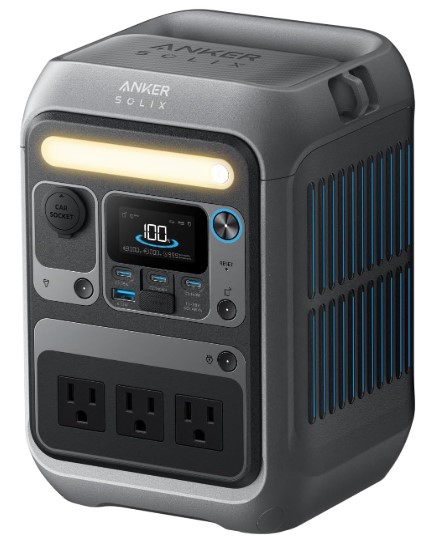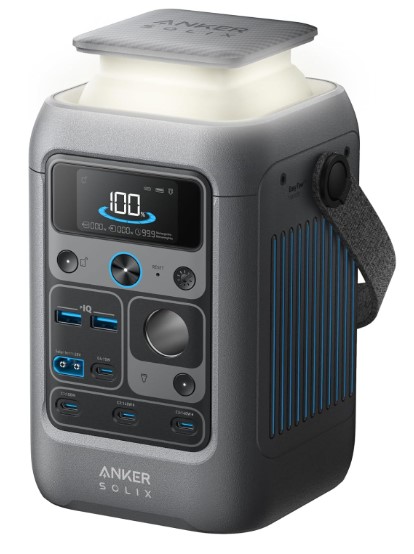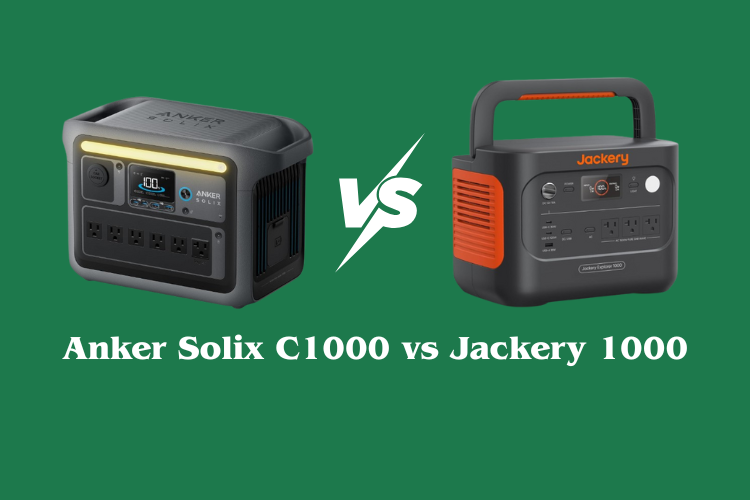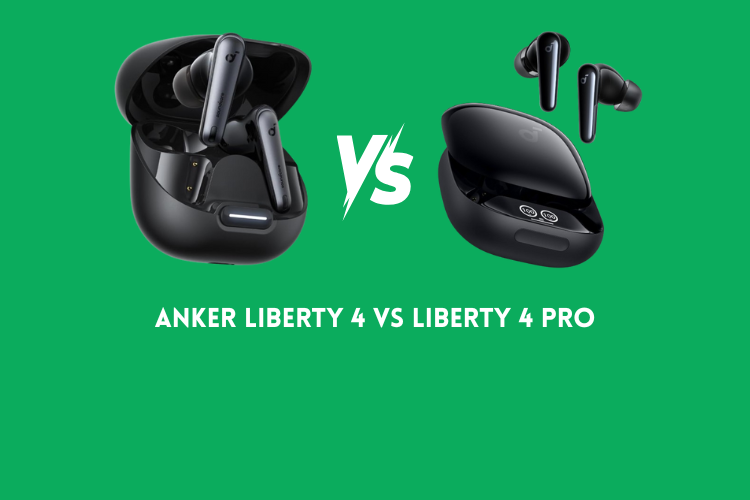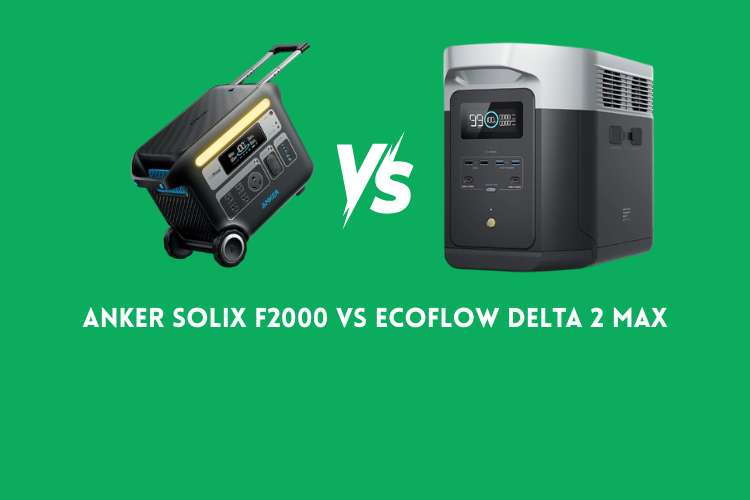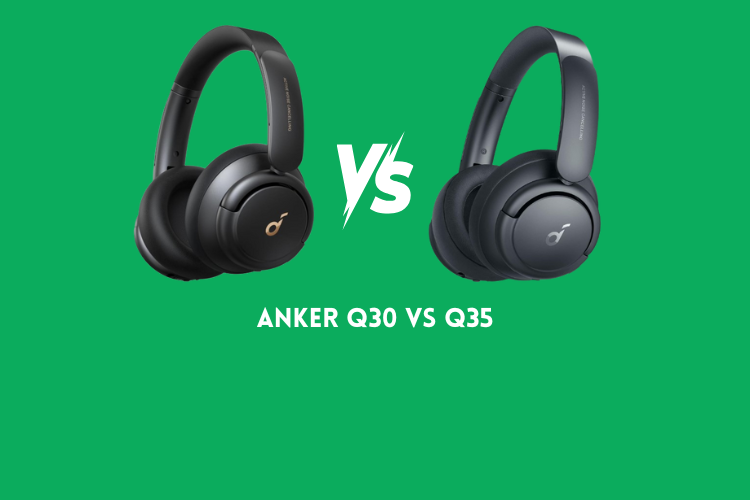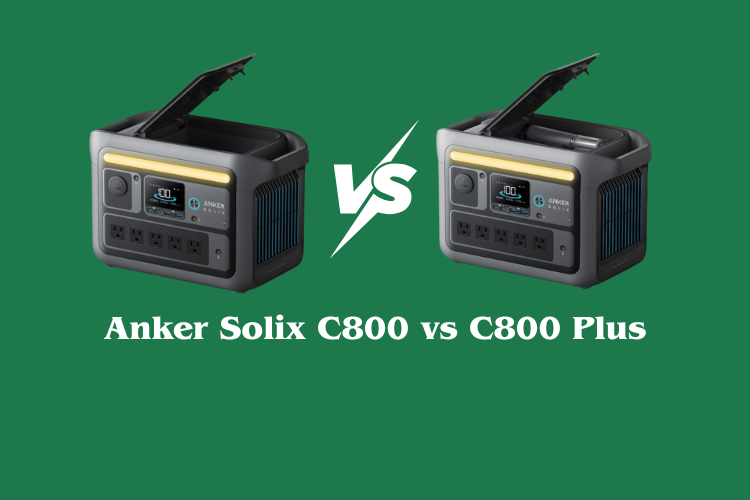Anker Solix C300 vs C300 DC – Which One Fits for You?
Portable power solutions have become essential for camping, road trips, and backup during outages. Anker, a trusted name in the power station market, offers two strong options in its Solix lineup: the C300 and the C300 DC.
Both models aim to deliver reliable energy for small to medium devices, yet they serve slightly different purposes. The C300 balances everyday convenience with efficient charging, making it a versatile companion for travel or home use.
On the other hand, the C300 DC focuses on direct current efficiency, which appeals to users who rely on DC-powered equipment or want maximum energy output without conversion loss. Comparing these two models highlights differences in performance, portability, and compatibility.
Understanding their unique strengths helps identify the best choice based on lifestyle and usage. Let’s break down how the Anker Solix C300 and C300 DC stack up against each other in real-world scenarios.
Anker Solix C300 vs Anker Solix C300 DC
Portable power stations are no longer luxury items. They are useful tools for camping, travel, and backup at home during outages. Anker, one of the leading brands, offers two compact models in this category: the Anker Solix C300 and the Anker Solix C300 DC.
At first glance, both look very similar. They share the same battery size (288Wh) and same output rating (300W continuous, 600W surge).
Yet they serve different types of users. The C300 gives you AC outlets, while the C300 DC focuses on USB-C charging and a lighter design. Let’s break them down one by one.
Anker SOLIX C300 Power Bank
Product Details
The Anker Solix C300 is designed as a compact but capable power station. It weighs 4.1 kg (9 lbs), making it easy to carry but not as light as the DC version.
It can handle phones, tablets, laptops, cameras, drones, LED lights, routers, and even small appliances like a mini-fridge for a few hours.
Its 288Wh battery capacity means you can recharge a laptop about 4–5 times or a smartphone over 20 times. With its 300W continuous output, it won’t power heavy-duty appliances, but it is perfect for everyday electronics and light camping gear.
Inside the package, you get:
-
Solix C300 main unit
-
AC charging cable
-
Safety manual
-
Warranty info
Features
-
Versatile Ports: 8 ports in total. 3 AC outlets (300W each), 2 USB-C (140W + 15W), 1 additional USB-C, 1 USB-A (12W), and 1 car outlet (120W).
-
Fast Charging Speed: Charges to 80% in just 50 minutes with a wall outlet.
-
Multiple Recharging Options: Can recharge via solar panels, car charging, or USB-C.
-
Solar Support: Works with Anker 100W or 60W solar panels, but not compatible with PS30, PS200, or PS400.
-
Durability: Built with LiFePO4 batteries, known for 3,000 charge cycles, lasting up to 10 years.
-
Quiet Mode: Runs at only 25 dB, which is almost silent.
-
Travel Design: About 15% smaller than similar stations.
What is the good?
-
Multiple AC outlets make it suitable for small home appliances.
-
Wall outlet recharge is very fast compared to similar models.
-
Durable battery with 10 years of use expected.
-
Very quiet, good for nighttime use in tents or RVs.
-
A balanced mix of AC and USB ports.
What is the bad?
-
Slightly bulkier than the DC model.
-
Carrying strap is optional, not included.
-
Capacity limited for devices over 300W.
-
Solar charging is slower compared to high-end models.
Overall Opinion
The Anker Solix C300 is a strong choice for users who want a general-purpose compact station. It works for camping, small outages at home, and light appliances. If you need AC outlets in addition to USB ports, this model is the safer pick.
Anker SOLIX C300 DC Power Bank
Product Details
The Anker Solix C300 DC is a smaller, USB-focused version of the C300. It has the same 288Wh capacity and 300W continuous output, but it cuts down on size and weight by removing AC outlets.
This makes it more portable and easier to carry. It’s designed for people who mostly use USB-C powered devices such as laptops, tablets, phones, and cameras.
The package includes:
-
Solix C300 DC unit
-
140W USB-C to USB-C cable (60cm)
-
Safety manual
-
Warranty info
Features
-
7 Ports Total: 2× USB-C (140W), 1× USB-C (100W), 1× USB-C (15W), 2× USB-A (12W), and 1× car socket (120W).
-
Fast Recharge Options: 80% in about 1 hour via dual USB-C PD 3.1 ports.
-
Solar Ready: Supports Anker 100W and 60W solar panels, but not PS30, PS200, or PS400.
-
Compact Build: About 30% smaller than standard stations of the same capacity.
-
Durability: LiFePO4 battery with impact-resistant casing and smart temperature control.
-
3-Year Guarantee: Slightly shorter warranty than the C300.
What is the good?
-
More compact and lighter, better for travel.
-
Strong USB-C support, ideal for modern laptops, iPads, and phones.
-
Faster USB-C recharging than many other compact stations.
-
Solar charging available for outdoor use.
-
Easy to pack in a backpack or car trunk.
What is the bad?
-
No AC outlets, so not useful for standard appliances.
-
Requires USB-C wall charger for first-time activation.
-
Shorter warranty (3 years vs 5 years on C300).
-
No support for expansion batteries.
Overall Opinion
The Anker Solix C300 DC is best for users who rely on USB-C devices and value portability. If you only plan to charge phones, tablets, laptops, and cameras, this model makes more sense. It is not meant for running home appliances, but it is excellent for lightweight travel.
Detailed Comparison for Anker Solix C300 vs C300 DC
Both the C300 and C300 DC are built on the same foundation. They share 288Wh battery capacity, 300W continuous output, 600W surge support, and LiFePO4 durability. The difference lies in ports, size, and warranty.
-
AC vs USB Focus: The C300 has 3 AC outlets, which allow you to run small appliances. The C300 DC removes them, focusing only on USB-C and car outlets.
-
Port Variety: The C300 is more balanced with both AC and USB ports. The C300 DC is more specialized with extra USB-C options.
-
Recharge Speed: Both recharge fast, but the C300 has a slight edge with 80% in 50 minutes via wall outlet. The C300 DC recharges to 80% in about 1 hour with dual USB-C.
-
Portability: The C300 DC is about 30% smaller and lighter, making it better for frequent travelers.
-
Warranty: The C300 has a 5-year warranty, while the C300 DC has only 3 years.
So, if you need a multi-purpose power station that can handle both AC and USB devices, the C300 is the right choice. If you prefer lightweight gear for USB-C electronics only, the C300 DC is a better fit.
FAQs
1. Which model is better for camping?
The C300 works better for camping if you need to power lights, fans, or a mini-fridge. The C300 DC is better if you only need to recharge laptops, phones, and cameras.
2. Can either model power heavy appliances like microwaves?
No, both are limited to 300W continuous output, so they cannot handle high-power appliances.
3. How long do the batteries last?
Both use LiFePO4 batteries with about 3,000 cycles, which means up to 10 years of regular use.
4. Does the C300 DC work without AC outlets?
Yes, but only with USB-C and USB-A devices. If you need AC power, go with the C300.
5. Which one is better for travelers?
The C300 DC is better for frequent travelers because it is smaller, lighter, and easy to carry.
Conclusion
The Anker Solix C300 and Anker Solix C300 DC may look alike on paper, but they serve different needs. The C300 is the all-rounder with AC outlets and a longer warranty, making it suitable for mixed use at home and outdoors.
The C300 DC is the compact traveler’s pick, designed mainly for USB-C devices with a lighter, smaller build.
Your decision depends on your lifestyle. If you want a mini power station for home and outdoor appliances, choose the C300. If your gear is almost all USB-C and portability matters most, go with the C300 DC.

